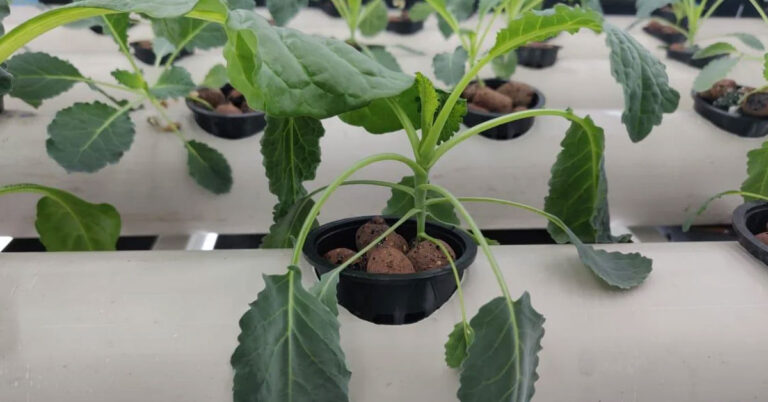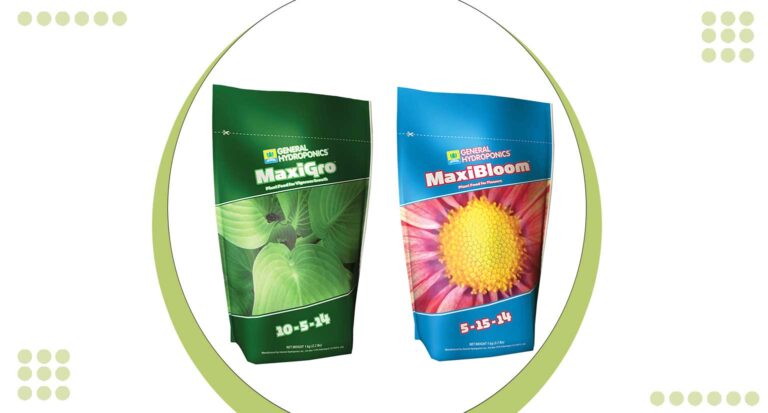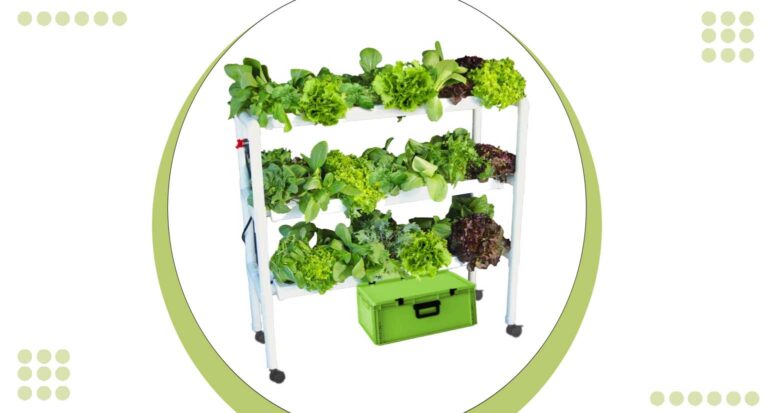Thriving Peace Lily Hydroponic Setup: Tips for Success and Gorgeous Growth
Growing plants without soil has always been a subject of intrigue and innovation. One of the plants that has seen success in this field is the beautiful and resilient peace lily. In this guide, we’ll dive deep into the world of peace lily hydroponic cultivation, unraveling the secrets behind its success.
What is hydroponics?
Hydroponics is a method of growing plants without soil, using mineral nutrient solutions in a water solvent. Instead of retrieving nutrients from the soil, the plants receive all they need from the nutrient-rich water provided in the hydroponic system. This allows for greater control over the growing conditions and often results in more robust growth. Peace lily hydroponics beginner enthusiasts can find it a rewarding method to try.
Why grow peace lilies hydroponically?
Peace lilies are known for their elegant appearance and air-purifying qualities, making them a popular choice among indoor gardeners. Growing peace lilies hydroponically offers several advantages. From faster growth to the flexibility of a peace lily hydroponic setup, the benefits are numerous. Hydroponic care can lead to fewer peace lily hydroponic problems, ensuring your peace lily hydroponic success. Whether you’re interested in peace lily water culture, peace lily aeroponics, or just looking for an innovative way to cultivate this lovely plant, hydroponics offers an exciting opportunity.
Feel free to let me know if there are any specific points or related keywords you would like me to include or emphasize more.
Materials
Ready to embark on the journey of growing a peace lily hydroponically? To set the stage for peace lily hydroponic success, it’s essential to gather the right materials. Here’s a comprehensive look at everything you need to begin.
Growing medium
A growing medium acts as a substitute for soil, providing support to the plant’s roots. In peace lily hydroponic care, choosing the right growing medium is crucial. Options include coconut coir, perlite, or vermiculite, all of which are conducive to peace lily water culture. These mediums allow for excellent aeration and water retention, vital for peace lily hydroponic health.
Nutrient solution
Since soil is absent in hydroponics, the nutrient solution becomes the primary source of essential nutrients for the peace lily. A balanced peace lily hydroponic nutrient solution includes minerals like nitrogen, phosphorus, potassium, and other micronutrients. Ensuring the right combination avoids common peace lily hydroponic problems and fosters robust growth. Many solutions tailored for peace lilies are available on the market, simplifying the process for peace lily hydroponics beginners.
Hydroponic system
The heart of the peace lily hydroponic setup is the hydroponic system itself. Various systems suit peace lily aeroponics and hydroponics, ranging from simple deep water culture setups to more complex aeroponic systems. The selection depends on factors such as space, budget, and personal preference. A well-chosen system paves the way for a thriving peace lily, nourished and supported in a controlled environment.
With the right materials in hand, anyone from a seasoned horticulturist to a peace lily hydroponics beginner can enjoy the fulfilling experience of nurturing a hydroponically grown peace lily.
Feel free to let me know if you need further details or adjustments!
Steps Peace Lily Hydroponic
Growing a peace lily hydroponically may seem daunting, but with the right guidance, even a peace lily hydroponics beginner can achieve success. Here’s a step-by-step guide to take you through the process, ensuring your peace lily hydroponic success.
Choosing a peace lily plant
Selecting the right peace lily is the first step towards a rewarding peace lily hydroponic experience. Look for a healthy plant with vibrant green leaves, free from any signs of disease or pests. Young plants are often ideal, as they adapt more readily to the peace lily hydroponic setup.
Preparing the growing medium
As discussed earlier, the growing medium replaces the soil in a peace lily hydroponic system. Choosing a medium that complements peace lily water culture, like coconut coir or perlite, is essential. Rinse the medium thoroughly to remove any dust or debris, and then soak it in a pH-balanced peace lily hydroponic nutrient solution. This preparation ensures a smooth transition for the plant.
Setting up the hydroponic system
Your peace lily hydroponic setup will depend on the type of system you choose. Whether you’re using deep water culture or experimenting with peace lily aeroponics, follow the manufacturer’s instructions carefully. Make sure pumps, air stones, and other components are in working order to avoid any peace lily hydroponic problems later on.
Transplanting the peace lily
With everything in place, it’s time to transplant the peace lily into the hydroponic system. Gently remove the plant from its original soil, taking care to minimize root damage. Rinse the roots to remove any remaining soil and place the plant into the prepared growing medium. Ensure the peace lily is secure and positioned so the roots can access the nutrient solution.
Caring for the peace lily
Peace lily hydroponic care requires regular attention. Monitor the pH and nutrient levels, adjusting as needed to maintain optimal health. Provide adequate lighting, and be mindful of potential peace lily hydroponic problems such as pests or diseases. Regular observation and timely interventions ensure that your peace lily thrives in its new hydroponic home.
By following these steps, growing a peace lily hydroponically becomes an accessible and fulfilling endeavor. From the initial selection to ongoing care, each stage brings you closer to the joy of a thriving peace lily in your hydroponic garden.
Please let me know if there’s anything else you’d like me to include or modify!
Tips
Growing a peace lily hydroponically is both an art and a science. To support your peace lily hydroponic success, here are some expert tips and insights. Whether you’re exploring peace lily water culture or addressing specific peace lily hydroponic problems, these pointers can make the difference.
Choosing the right growing medium
The growing medium plays a vital role in peace lily hydroponic care. Selecting the right medium enhances aeration and water retention, key factors for robust growth. Coconut coir, perlite, and vermiculite are popular choices. Experimenting with different mediums can also lead to personalized solutions that work best for your specific peace lily hydroponic setup.
Making your own nutrient solution
While ready-made peace lily hydroponic nutrients are available, making your own nutrient solution allows for customization. By understanding the nutritional needs of the peace lily, you can create a tailored mixture. This not only adds a personalized touch to your peace lily hydroponic care but can also result in cost savings. Just ensure that the solution meets the plant’s essential nutrient requirements.
Maintaining the nutrient solution
Regular maintenance of the nutrient solution ensures a thriving peace lily. Monitor pH levels and adjust as needed to maintain a balanced environment. Refresh the solution periodically to prevent nutrient imbalances or depletion, addressing one of the potential peace lily hydroponic problems before it arises.
Watering the peace lily
Watering in a hydroponic system is different from traditional methods. The peace lily’s roots must have constant access to nutrient-rich water but without becoming waterlogged. Implementing a proper watering schedule and using the right hydroponic system design ensures that the peace lily receives the moisture it needs without succumbing to root rot or other issues.
Fertilizing the peace lily
While the nutrient solution provides essential minerals, periodic fertilizing can boost peace lily growth. Specialized hydroponic fertilizers are designed to meet the unique needs of hydroponically grown plants, including peace lilies. Careful fertilization can elevate the vitality of your plant, enhancing both appearance and overall health.
Armed with these tips, your journey in peace lily hydroponics, from beginner stages to seasoned cultivation, becomes a rewarding and enriching experience. Each tip brings you closer to a flourishing peace lily, thriving in its hydroponic home.
Let me know if there are any changes you’d like or if there’s anything else I can help with!
Troubleshooting
Even with careful planning and meticulous care, you may encounter some challenges in your peace lily hydroponic journey. But don’t fret! Most peace lily hydroponic problems are solvable with a bit of troubleshooting. Here’s a guide to some common issues and their solutions.
Common problems
- Yellowing Leaves: Often a sign of nutrient imbalance or overwatering in the peace lily hydroponic setup.
- Wilting: Lack of water, incorrect nutrient solution, or peace lily hydroponic care missteps can lead to wilting.
- Root Rot: If the roots appear brown and mushy, it may be a sign of overwatering or poor aeration in the peace lily water culture.
- Pests: Aphids, spider mites, and other pests can still find their way into a hydroponic system, causing harm to the peace lily.
Solutions
- Correcting Nutrient Imbalance: Regularly monitor and adjust the pH and nutrient levels to prevent yellowing leaves and other related problems.
- Proper Watering: Ensure the watering schedule and system design align with the needs of the peace lily, preventing both wilting and root rot.
- Improved Aeration: A well-aerated growing medium promotes healthy roots and can solve issues related to rot. Experimenting with different mediums might be necessary to find the perfect fit.
- Pest Control: Regular inspection and the use of hydroponic-friendly pest control methods can keep unwanted insects at bay.
Troubleshooting peace lily hydroponic problems doesn’t have to be overwhelming. With keen observation and appropriate action, you can maintain a healthy and thriving peace lily in your hydroponic garden. These solutions are not only instrumental in keeping your peace lily vibrant but also contribute to your overall peace lily hydroponic success.
Feel free to let me know if you’d like more details or specific information on any of these points!
Conclusion
The journey of growing a peace lily hydroponically is filled with opportunities for innovation, learning, and fulfillment. From understanding the basics of hydroponics and peace lily water culture to diving into the details of peace lily hydroponic setup, nutrient solutions, and care, every step offers a chance to engage with nature in a unique way.
With this comprehensive guide, you are equipped to embark on this exciting path, whether you’re a peace lily hydroponics beginner or a seasoned gardener looking to explore new methods. The insights, tips, and troubleshooting solutions provided here set the stage for peace lily hydroponic success. Along the way, you’ll likely discover the joy of nurturing a beautiful peace lily, witnessing its growth and thriving under your attentive care.
As with any gardening endeavor, patience, persistence, and passion are key. Embrace the challenges, celebrate the successes, and enjoy the rewarding experience of growing a peace lily hydroponically. The elegance and vitality of a well-cared-for peace lily await you, symbolizing not just a beautiful plant but a triumph of innovative gardening.







